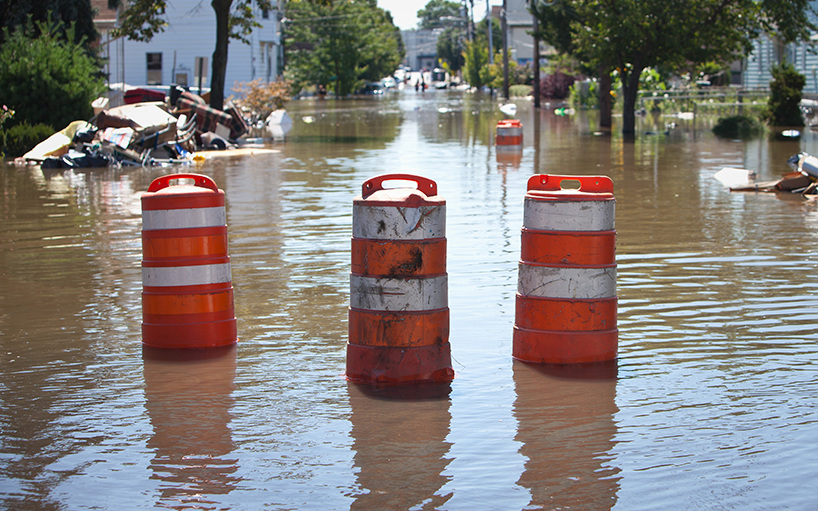
P.I.: Mikhail V. Chester
Arizona State University
Year: 2014
Arizona State University
Year: 2014
The research project will develop a life cycle framework for prioritizing resiliency upgrades to high-speed rail (HSR) systems in the face of future climate change. Improving HSR resilience will create opportunities for growing future passenger travel thereby having direct positive impacts on economic growth. There are no methods for assessing HSR infrastructure deployment options for future service that may or may not be impacted by extreme events. Plans to deploy HSR in the US have been fraught with technical, economic, political, social, and legal challenges that generally result in the selection of a few alignment options for each region. The potential for extreme events like flooding or disruptions to electricity provision from water-constrained thermo-electric generation have not been considered. As a result, there exist no robust infrastructure design framework that would allow researchers and practitioners to understand how upfront investments that may reduce the vulnerability of HSR to extreme events may result in upfront costs but may also lead to less impacted future rail service. We intend to develop this framework.
Top